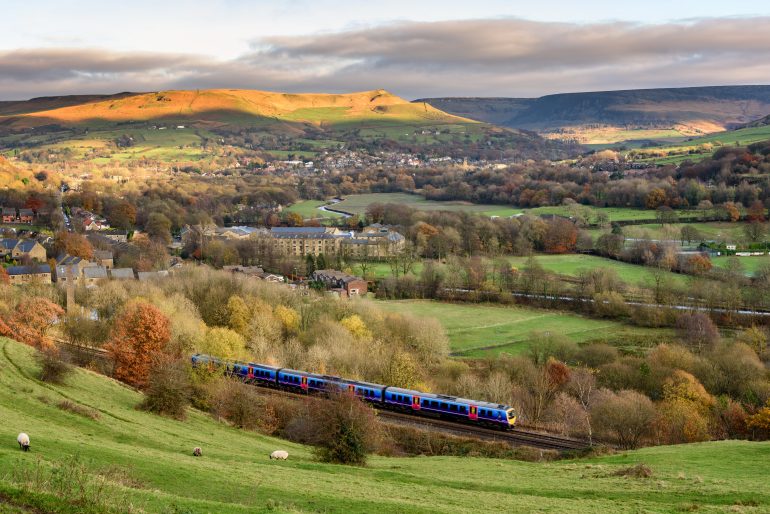
Great Britain’s railways contribute significantly to the economic success of the country: this report sets out the evidence that shows just how much. The Rail Delivery Group (RDG) commissioned us to explore the value rail is adding to the economy, environment, and wider society, how this sits within the changes in passenger behaviour, and how rail’s potential as an economic and societal contributor could be expanded into the future.
The key findings are that:
The value of the railways to the economy, the environment and society more broadly currently stands at £26bn in benefits delivered each year:
- The total benefits to passengers are worth £14bn each year.
- The total value of decreased congestion is worth £8bn to people and businesses each year.
- £4bn additional benefits from environmental and social benefits and wider economic impacts.
A 40% growth in passengers by 2035 could see:
- The total value of the railways reach £46bn in annual benefits.
- A 1.8Mt decrease in greenhouse gas emissions per year.
- 320m additional hours of road congestion relieved each year, on top of the existing 720m.
- 1,100 casualties avoided in addition to the 2,700 already avoided annually due to current rail use.
There are also wider economic benefits:
- The direct employment contribution of the rail sector is over 103,000 jobs.
- Passengers surveyed reported they spend on average £80 per complete journey.
- Based on the 1.23 billion passenger journeys taken in 2022/23, this means that rail customers could be contributing £98bn annually to local economies.
- 57% would like to see a greater presence of independent businesses in and around stations.
- 73% see their local station as important to helping the local economy and businesses to thrive.
Overall, the report highlights the existing benefits of the railways and explores what an increased level of growth could achieve for the economy, environment and wider society. While achieving high levels of growth, such as the 40% by 2035 that is modelled in this report, would require additional investment on infrastructure, there is an opportunity within the current system to accelerate growth by increasing customer numbers through the level of service provision.
To make that possible, it is important the rail industry continues its work to bolster the attractiveness of rail to customers, which means focussing on getting the basics right – from improved performance, to improving accessibility and enhancing customer experience.

